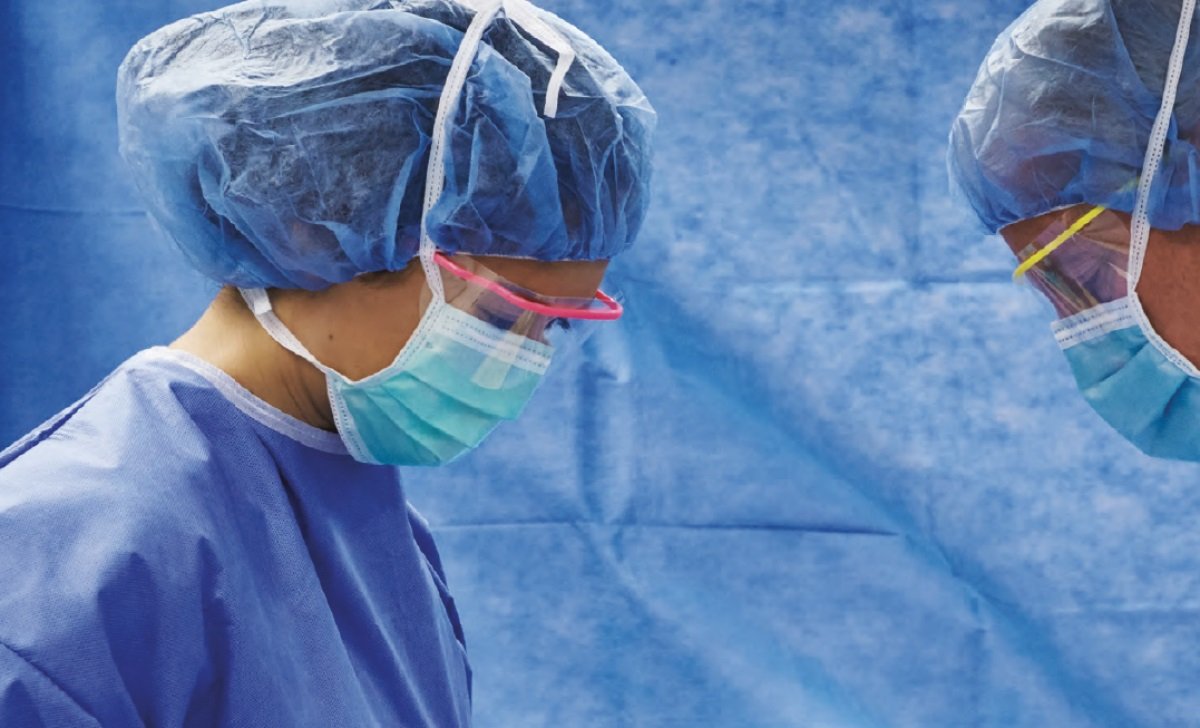
Our disposable coveralls are used in painters suit, disposable chemical protection suits, ebola protection kits, swine flue protection coveralls, ebola coveralls and many more protection applications.
Contact Us
New Jersey Sales
108 Briorwood AVE, Norwood, NJ United States
Florida Sales
60 SW 13th St, Miami FL 33130, United States
Phone: +1(201)881-2055, +905333569244
E-Mail: sales@bodyguardus.com
Bodygard Roofing underlayments are proudly distributed from our USA Bodyguard LLC in the United States.
For inquiries or orders, please contact us at:
Bodyguard LLC
Jon Ogan - Managing Partner
+1(347) 320-4664
+1(347) 696-1981
jon@bodyguardus.com
sales@bodyguardus.com
 28 September 2021
28 September 2021

 28 September 2021
28 September 2021